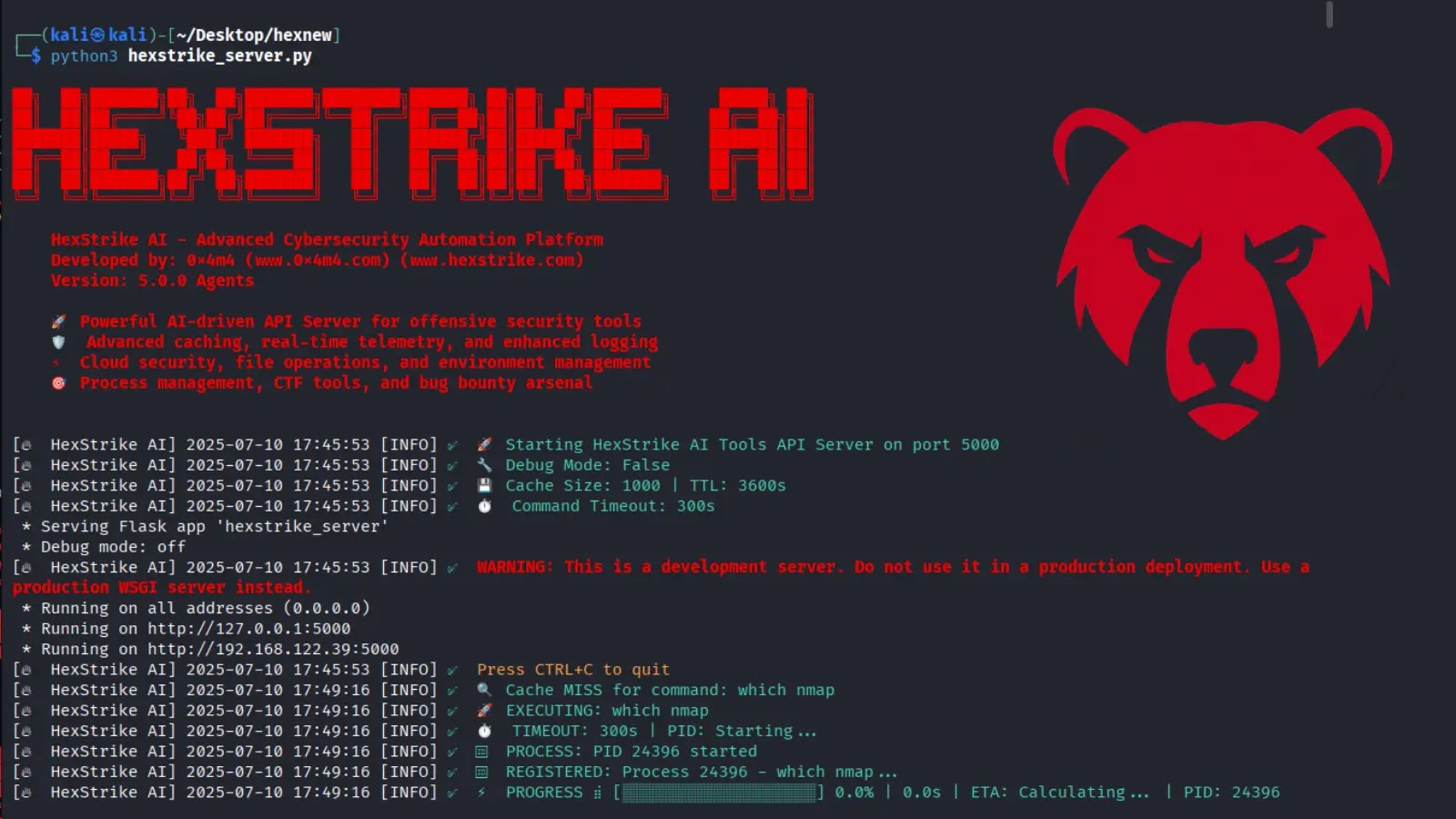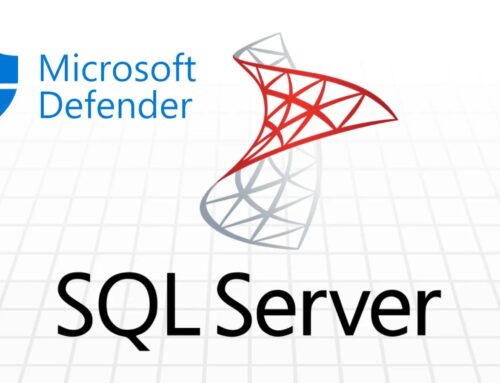
HexStrike AI Connects ChatGPT, Claude, Copilot with 150+ Security Tools like Burp Suite and Nmap
HexStrike AI: Revolutionizing Cybersecurity with LLM-Powered Automation
The landscape of cybersecurity is undergoing a profound transformation, driven by the rapid advancements in artificial intelligence. Traditional manual processes for penetration testing, vulnerability assessment, and incident response are often time-consuming and resource-intensive, struggling to keep pace with the evolving threat surface. Enter HexStrike AI, a groundbreaking solution poised to bridge the critical gap between powerful Large Language Models (LLMs) and the practical, executable world of cybersecurity operations. Its latest iteration, v6.0, signals a significant leap forward, empowering AI agents like OpenAI’s ChatGPT, Anthropic’s Claude, and GitHub’s Copilot with an unprecedented arsenal of over 150 professional security tools. This integration promises a future of autonomous security operations, enhancing efficiency and efficacy in protecting digital assets.
The Genesis of Autonomous Cybersecurity
HexStrike AI’s core innovation lies in its ability to translate the high-level reasoning and analytical capabilities of LLMs into actionable cybersecurity tasks. Prior to HexStrike AI, LLMs were largely confined to generating text, code, or providing theoretical insights. The true challenge has been connecting their intelligence to the command-line interfaces and APIs of real-world security tools. HexStrike AI effectively serves as this crucial bridge, enabling LLMs to orchestrate complex operations such as reconnaissance, exploitation, and post-exploitation activities with minimal human intervention. This capability is not merely an automation of existing tasks; it represents a paradigm shift towards truly autonomous penetration testing and vulnerability research.
Unleashing the Power of 150+ Security Tools
The strength of HexStrike AI v6.0 is its extensive integration with a vast array of industry-standard security tools. This deep integration is what truly sets it apart, moving beyond theoretical AI capabilities to practical application. The roster includes staples for network scanning and enumeration, such as Nmap, which is indispensable for identifying live hosts and open ports. For web application security, tools like Burp Suite become accessible to the AI, allowing for automated vulnerability scanning, interception, and manipulation of HTTP traffic. Other integrated tools likely span across categories including:
- Vulnerability Scanners: Enhancing the AI’s ability to automatically detect common weaknesses.
- Exploitation Frameworks: Providing the means for the AI to attempt controlled exploitation in test environments.
- Forensics Tools: Enabling AI-driven analysis of artifacts post-compromise.
- Reverse Engineering Tools: Assisting in automated malware analysis.
- Red Teaming Utilities: Facilitating advanced simulated attacks.
This comprehensive toolkit empowers the AI to perform complex security tasks that previously required extensive human expertise and time. The synergy between LLM intelligence and these specialized tools leads to faster vulnerability identification and more thorough security assessments.
LLMs at the Helm: ChatGPT, Claude, and Copilot Integration
The collaboration between HexStrike AI and leading LLMs like OpenAI’s ChatGPT, Anthropic’s Claude, and GitHub’s Copilot is central to its operational model. Each of these LLMs brings unique strengths to the table:
- ChatGPT (OpenAI): Known for its exceptional natural language understanding and generation, making it capable of interpreting complex security scenarios and formulating strategic decisions.
- Claude (Anthropic): Valued for its strong safety protocols and contextual understanding, potentially enabling more nuanced and ethical AI-driven security operations.
- Copilot (GitHub): While primarily a coding assistant, its ability to understand and generate code makes it invaluable for scripting custom exploits or automating repetitive coding tasks within a security context.
By leveraging these diverse AI capabilities, HexStrike AI can autonomously adapt to new threats, learn from past engagements, and execute sophisticated security strategies with a level of precision and speed unprecedented in manual operations.
Implications for Cybersecurity Professionals
The advent of HexStrike AI carries significant implications for cybersecurity professionals. Rather than rendering human analysts obsolete, it is more likely to augment their capabilities, freeing them from repetitive and time-consuming tasks. This shift allows human experts to focus on higher-level strategic planning, complex problem-solving, and interpreting the nuanced outcomes of AI-driven assessments. Professionals will need to adapt to a new paradigm where their role evolves from direct execution to supervising, validating, and refining AI operations. Understanding the underlying mechanisms of HexStrike AI and its integrated tools will become crucial for leveraging its full potential.
Ethical Considerations and Future Development
As with any powerful technology, the deployment of autonomous AI in cybersecurity necessitates careful consideration of ethical boundaries and potential misuse. Robust safeguards and clear governance frameworks are paramount to ensure HexStrike AI is used solely for legitimate defensive and authorized offensive (red teaming) purposes. Future developments will undoubtedly focus on enhancing the AI’s contextual awareness, improving its ability to handle ambiguous situations, and strengthening its defensive capabilities against adversarial AI. The continuous evolution of threat landscapes demands similarly adaptive and intelligent security solutions.





